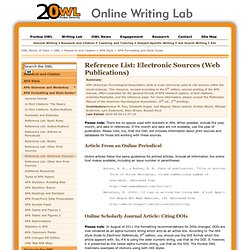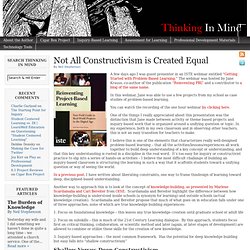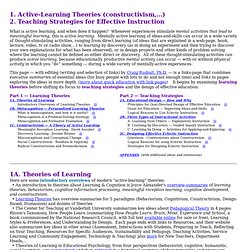

APA Formatting and Style Guide. Summary: APA (American Psychological Association) style is most commonly used to cite sources within the social sciences.

This resource, revised according to the 6th edition, second printing of the APA manual, offers examples for the general format of APA research papers, in-text citations, endnotes/footnotes, and the reference page. For more information, please consult the Publication Manual of the American Psychological Association, (6th ed., 2nd printing). Contributors:Joshua M. Paiz, Elizabeth Angeli, Jodi Wagner, Elena Lawrick, Kristen Moore, Michael Anderson, Lars Soderlund, Allen Brizee, Russell KeckLast Edited: 2014-04-04 11:57:14 Please note: There are no spaces used with brackets in APA.
Article From an Online Periodical Online articles follow the same guidelines for printed articles. Author, A. Bernstein, M. (2002). 10 tips on writing the living Web. Online Scholarly Journal Article: Citing DOIs Please note: In August of 2011 the formatting recommendations for DOIs changed. Wikis. Bloom's Digital Taxonomy. The Differentiator.
Try Respondo!

→ ← Back to Byrdseed.com The Differentiator The Differentiator is based on Bloom's Taxonomy, Kaplan and Gould's Depth and Complexity, and David Chung's product menu. Try It In: French Dutch • Tweet It • Like Byrdseed • Pin It Students will judge the ethics of the [click to edit] using a textbook and create an essay in groups of three. Allan's Blog. “The new version of the Padagogy Wheel tackles a major question that is lurking in the back of everyone’s mind.

If it’s not … it should be. It’s about the problem of motivation in education. How do we motivate students, teachers, parents, and everyone else to get excited about learning? How do you stay motivated? What works and what doesn’t?” Jeff Dunn: Editor Edudemic Blog Post:Updated Padagogy Wheel Tackles The Problem Of Motivation in Education In this third podcast episode with Ken Spero, a Senior Strategist with The Regis Company, in Philadelphia, USA we talk about how the pedagogy of Immersive Learning is ideal to tackle the problem of motivation and hits the bullseye at the core of The Padagogy Wheel. Ken introduces Engagement into the equation and how it drives motivation for learning. I asked Ken if he thought Immersive learning would help teachers work with mutually agreed graduate attributes and capabilities, helping the students embed them in their lives.
Bullseye! Google Image Result for. Google Image Result for. Not All Constructivism is Created Equal. A few days ago I was guest presenter in an ISTE webinar entitled “Getting Started with Problem-Based Learning.”

The webinar was hosted by Jane Krauss, co-author of the publication “Reinventing PBL” and a contributor to a blog of the same name. In this webinar, Jane was able to use a few projects from my school as case studies of problem-based learning. You can watch the recording of the one hour webinar by clicking here. One of the things I really appreciated about this presentation was the distinction that Jane made between activity or theme based projects and inquiry-based work that is organized around a unifying question or topic.
In my experience, both in my own classroom and in observing other teachers, this is not an easy transition for teachers to make. In a previous post, I have written about liberating constraints, one way to frame thisdesign of learning toward deep, disciplined-based understanding. 1. 2. 3. In it’s best form, ideas become the centre of the classroom. Active-Learning Theories (constructivism,...) and Teaching Strategies. What is active learning, and when does it happen?

Whenever experiences stimulate mental activities that lead to meaningful learning, this is active learning. Mentally active learning of ideas-and-skills can occur in a wide variety of thought-stimulating activities, ranging from direct learning (of ideas that are explained in a web-page, book, lecture, video, tv or radio show,...) to learning by discovery (as in doing an experiment and then trying to discover your own explanations for what has been observed), or in design projects and other kinds of problem solving where the learning cannot be defined as either direct or discovery. All of these thought-stimulating activities can produce active learning, because educationally productive mental activity can occur — with or without physical activity in which you “do” something — during a wide variety of mentally-active experiences. 1B. Instructional or Learning Design.
Constructivism is a learning theory, not an instructional approach, hence it can best be thought of as a way of "growing" or improving instruction.

It is greatly influenced by Piagetian (1950) epistemology and Lev Vygotsky's (1978) Zone of Proximal Development (ZPD) — knowledge (new connections) are products of the activities practiced in a social environment. Constructivists place the learner at the center of the equation; the idea is that the learner constructs knowledge rather than passively absorbing it. Meaning is constructed by each learner via their experiences and in their own ways and means. It is based on according to how the learner's understanding is currently organized. Digital Bloom's Taxonomy & Constructivism.